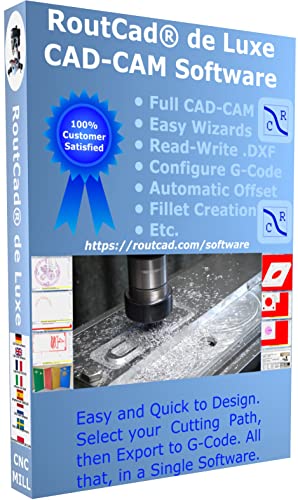Yes, yes, and YES. I insist, also, that my students estimate, estimate, estimate--but do they do it? not usually. But they are young, plastic and mouldable so by hitting them constantly with methods that NEED to be estimated, they learn. I also have taught them to measure the thickness of a fingernail, a piece of typing paper, the width of finger, width of hand and length of arm from elbow to tip of finger, and distaance of spread hands from thumb to little fing. This is all for estimating and knowing if some operation is in the ball park.
In the Philippines I was putting in re-bar (they call it "deformed-bar"--so much for the AMERICAN language!a) and the spread of the bars was 8". So what was my best worker but the one least blest with good sense doing? He was measuring the damned things with a tape measure. Of course, this did not please me, as it would take three times as long to do this (I mean come one, maybe we need a micrometer to measure it to 8.000"?) So I showed him how to just estimate the placement with the points between thumb and finger. Much faster. And did it vary by .005"? LOL.
Yes, I also find that there is ONE subject that one needs a degree in--usually. That is Math. I believe that not knowing math is a terrible thing to be teaching--it has ruined more students than has taught them. I'm not talking about Arithmetic, Anyone can teach that. But the three branches of Math are arithmetic, algebra and Calculus (and another 1/2: computer stuff). To teach the algebra and calc, you really need to understand that to be able to teach it. AND our schools, as we all know are remiss, they should be teaching the rudiments of Calculus in 6th grade. THey should also teach history not as propaganda but as history. Should I write a book on this?


































![DreamPlan Home Design and Landscaping Software Free for Windows [PC Download]](https://m.media-amazon.com/images/I/51kvZH2dVLL._SL500_.jpg)


























![MeshMagic 3D Free 3D Modeling Software [Download]](https://m.media-amazon.com/images/I/B1U+p8ewjGS._SL500_.png)


















